In the world of competitive sports, you’d be hard-pressed to find a competition where hand-eye coordination is less than an essential skill. Necessary across an endless range of scenarios that depend on reaction time and accuracy, hand-eye coordination is the bedrock upon which all competitive skills are built.
In most sports that involve throwing a ball or hitting a target, making an error of coordination may cost you a point or match but it doesn't usually put you in harm's way. And then, there are combat sports.
Hand-eye coordination in combat sports is not only crucial to winning but to keeping yourself safe. With a successful block or counterattack hanging on the effectiveness of your hand-eye coordination, lacking this necessary skill can bring you serious harm.
As the saying goes, you don't play combat sports.
Learning the basics
Hand-eye coordination is a cognitive skill that refers to the interaction of the body’s visual and motor systems. It’s the function that guides our hands to carry out movements according to what our eyes (and brain) perceive.
Like any skill, not everyone develops it in the same way. For some people, it may come naturally or be learned quickly, while others may have to spend more time actively developing it through practice and exercise.
5 exercises to fine-tune your hand-eye coordination
Tennis ball catch drills
This particular drill has proven its effectiveness across a range of different sports, and you can begin seeing results almost immediately. Wall drills build not only your hand-eye coordination, but the coordination of your feet, cardiovascular endurance, and reaction speed.
Instructions
Training one hand at a time, begin this exercise by performing an underarm throw with a tennis ball against a wall and catch it with the opposite hand as it bounces back to you. Do this in 1-minute rounds, keeping the front of your body oriented towards the wall the entire time.
During the exercise, keep both eyes focused on the ball at all times. Try targeting different parts of the wall in front of you, throwing the ball high and low on both the left and right sides.
To add different dimensions of difficulty, try:
- Throwing from different distances to the wall
- Alternating between soft and hard throws
- Increasing the length of rounds
- Perform one-handed throws and catches with the other behind your back
- Alternating between high hands and low hands when throwing and catching
- Throwing the ball to the side and lunging or sprinting to catch it
Tennis ball dribble

A popular exercise among basketball players, the tennis ball drill involves performing single-hand ‘dribbles’ that keep the ball at a continuous bounce as you move in different directions.
Instructions
To get a feel for this exercise, stand stationary with a tennis ball (or ball of similar size and bouncing ability) and begin to bounce it on the floor in front of you, bouncing it with one hand and catching it with the other. Once you’re comfortable with that, instead of catching the ball, use the open palm of your catching hand to hit the ball back towards the floor, repeating the action with each hand as the ball bounces back up.
As your skill progresses with this, incorporate movement into the exercise. Move around the floor, maneuvering the ball from different angles and adjusting your reaction as necessary to keep the ball in motion.
One of our favourite ways to practice this drill is to do it while in our fighting stance and use your lead and rear hands to dribble the ball while switching between orthodox and southpaw stances.
This is not only a great coordination exercise but also a highly effective warm-up before an accuracy-intensive workout such as pad work or partner drills.
Juggling
Yep, juggling.
While your first thought reading that word might call up images of clowns and circuses, the fact is that various brain imaging studies have reported that learning to juggle creates regional changes in the brain in areas related to visual-motor perception. As well as honing your hand-eye coordination, juggling also allows you to practice other martial arts-specific skills such as reaction time, reflexes, spatial awareness, and applying concentration.
Instructions
Start by standing stationary with a tennis-sized ball in each hand. Beginning with your dominant hand, throw the ball upwards in front of your face as if it were to land in your off hand. As the first ball starts to fall, free up your off hand by throwing the second ball up in the same fashion, catching the first ball while the second is in the air, and so on.
Once you’ve become comfortable with the pace and coordination required for that movement, it's time to add a third ball into the mix. Starting with two balls in your dominant hand (and one in your off-hand), throw up just one of them to start the same alternating catch-and-throw pattern as the two-ball exercise. Tossing up a ball to free up your hand, to catch the other, over and over.
Practice this for several minutes until the motion becomes fluid. Aim to keep a calm mind and your movements relaxed, and don't forget to be patient!
Skipping

A classic exercise utilised by athletes across the world, skipping or ‘jump-rope’, is both technical and exhaustive, conditioning not only the body, but enhancing qualities essential to martial arts performance such as agility, quickness, and coordination.
Given the physical and mental requirements in the exercise, it makes an ideal addition to your hand-eye coordination regime. Boosting the coordination of your feet and hands as a solo movement, skipping can be integrated into rotating sets along with other exercises such as tennis ball drills or juggling.
Instructions
For example, set a timer for a 2-minute round with a 1-minute rest in between. At the end of your skipping round, drop your rope and begin a tennis ball dribble or 3-ball juggle. This way, while recovering from the intensity of skipping, your mind and body continue to practice coordination while experiencing fatigue from the skipping.
Floor to ceiling bag
If you have access to a floor-to-ceiling (aka a double-end bag), you’d be remiss to not incorporate it into your training routine.
As the name suggests, a floor-to-ceiling is a small bag suspended by elastic bands between two points of contact, the floor and the ceiling. Due to its constant and unpredictable movement, an athlete must adjust their angles, punching power and rhythm in order to remain accurate and effective. Traditionally a staple of boxing training, the floor-to-ceiling will enhance the hand-eye coordination of any martial artist who uses it to complement their regime.
Start by hitting the bag with short and sharp combos. You don't want to hit it so hard that it bounces far out of your reach, so dial back the power and focus on short and fluid combinations. After your combo (for example, LEAD-LEAD-REAR), you may find that the orientation of the bag has changed, requiring you to make slight adjustments to the angle of your stance or your punches to be able to hit the bag again and keep it in a fluid bounce.

Still unsure? Click here to check out this video of Australian Boxing Champion and CMBT Athlete Benny Mahoney working the floor to ceiling!
Whether you’re a lifelong enthusiast of combat sports or just getting started, investing your time into exercises that improve your hand-eye coordination can pay dividends to the technical aspect of your martial arts game. Though they may feel a bit awkward at first, keep these drills in mind while planning your week’s training, and experience the benefits that come with sharp hand-eye coordination.
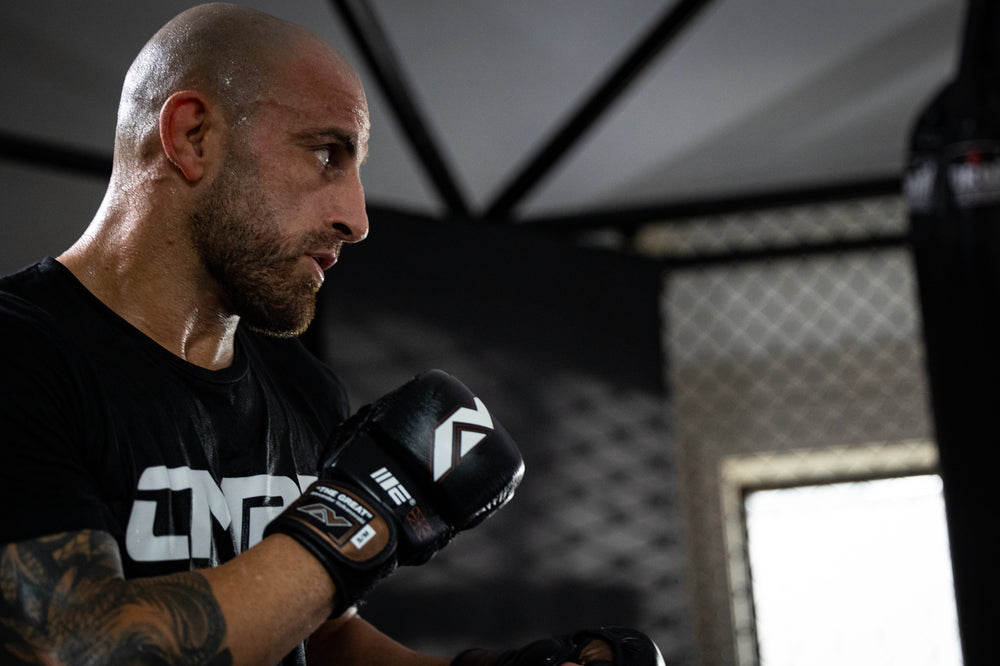

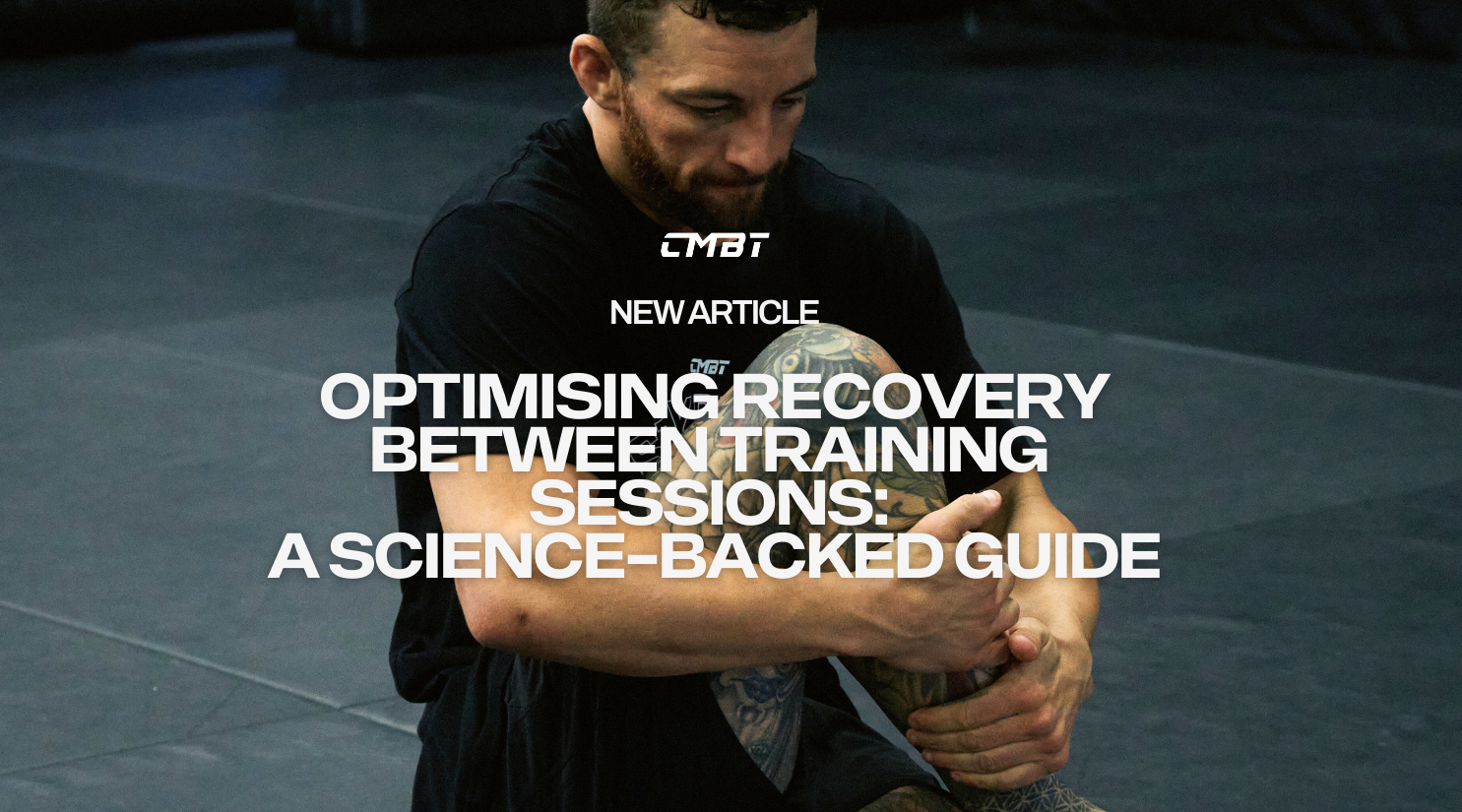



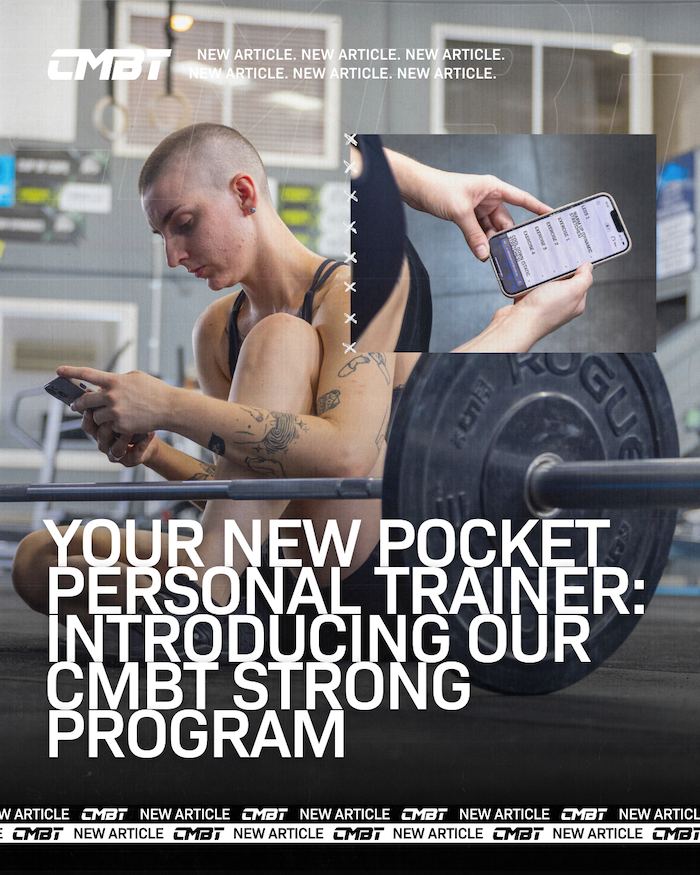


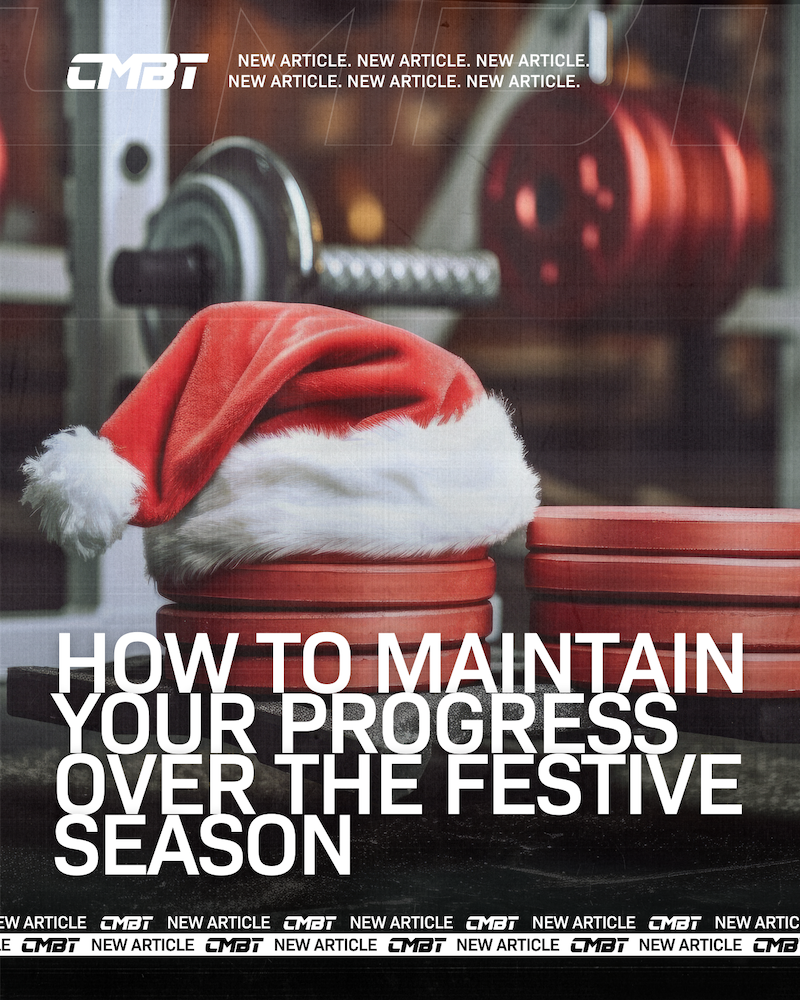















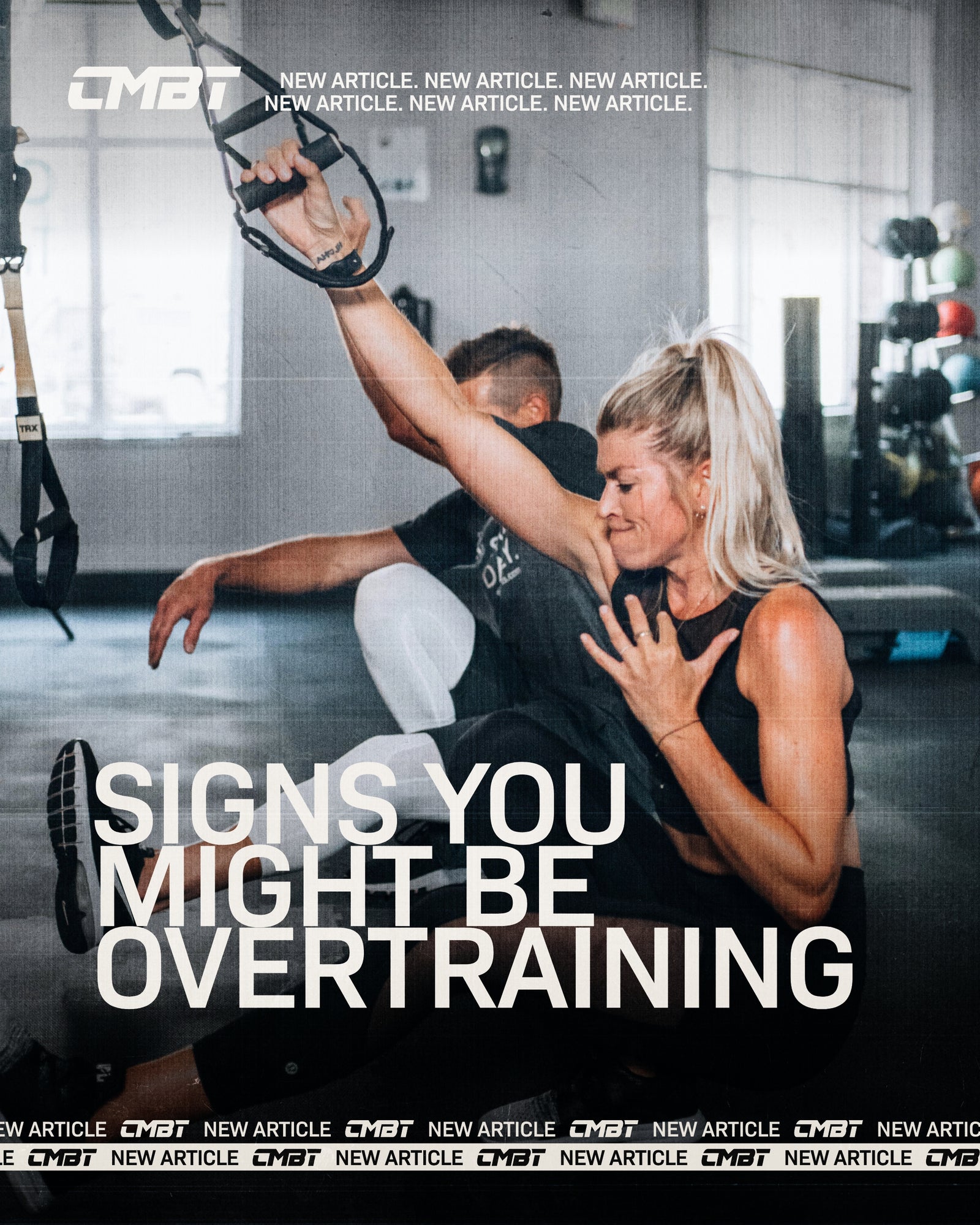


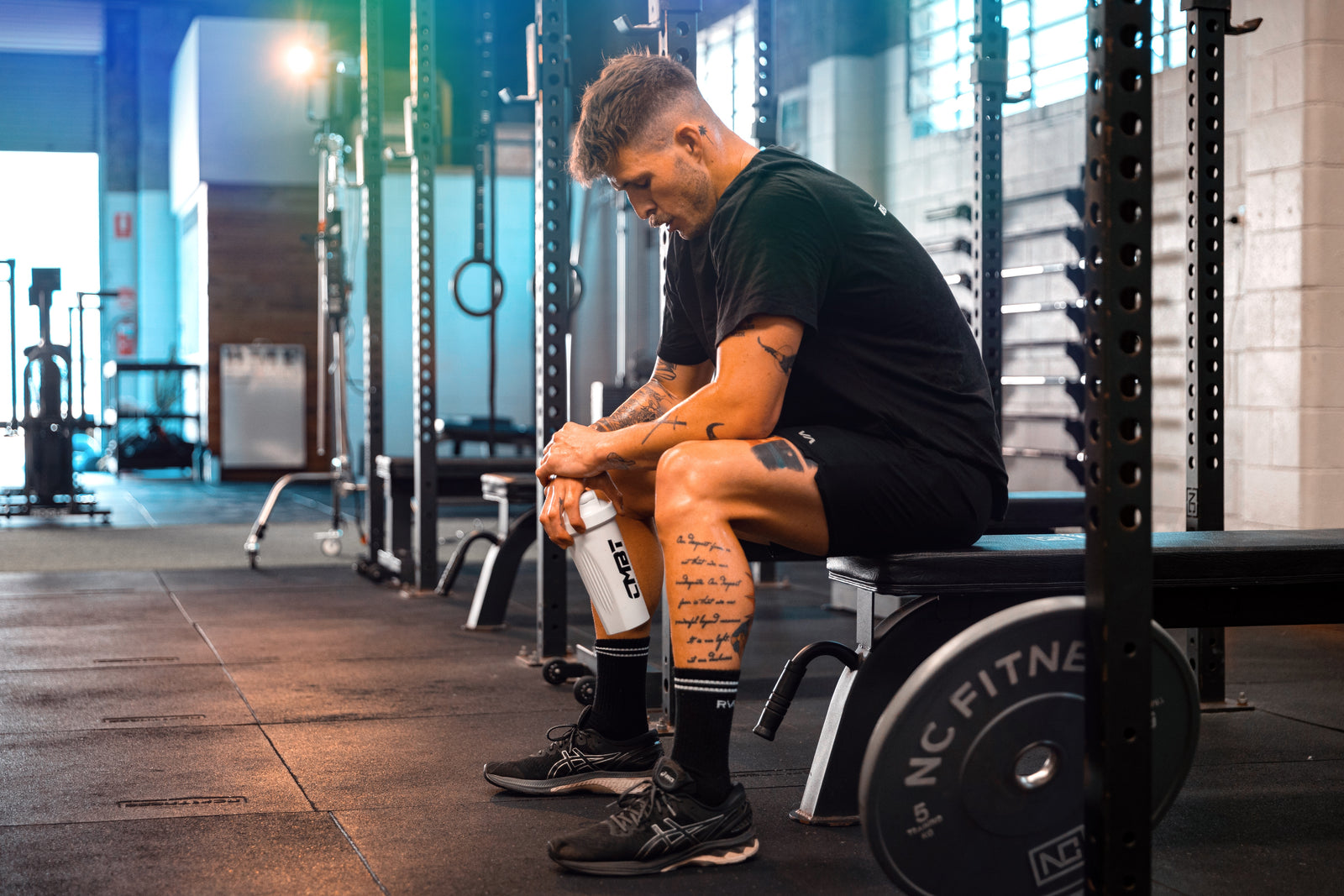



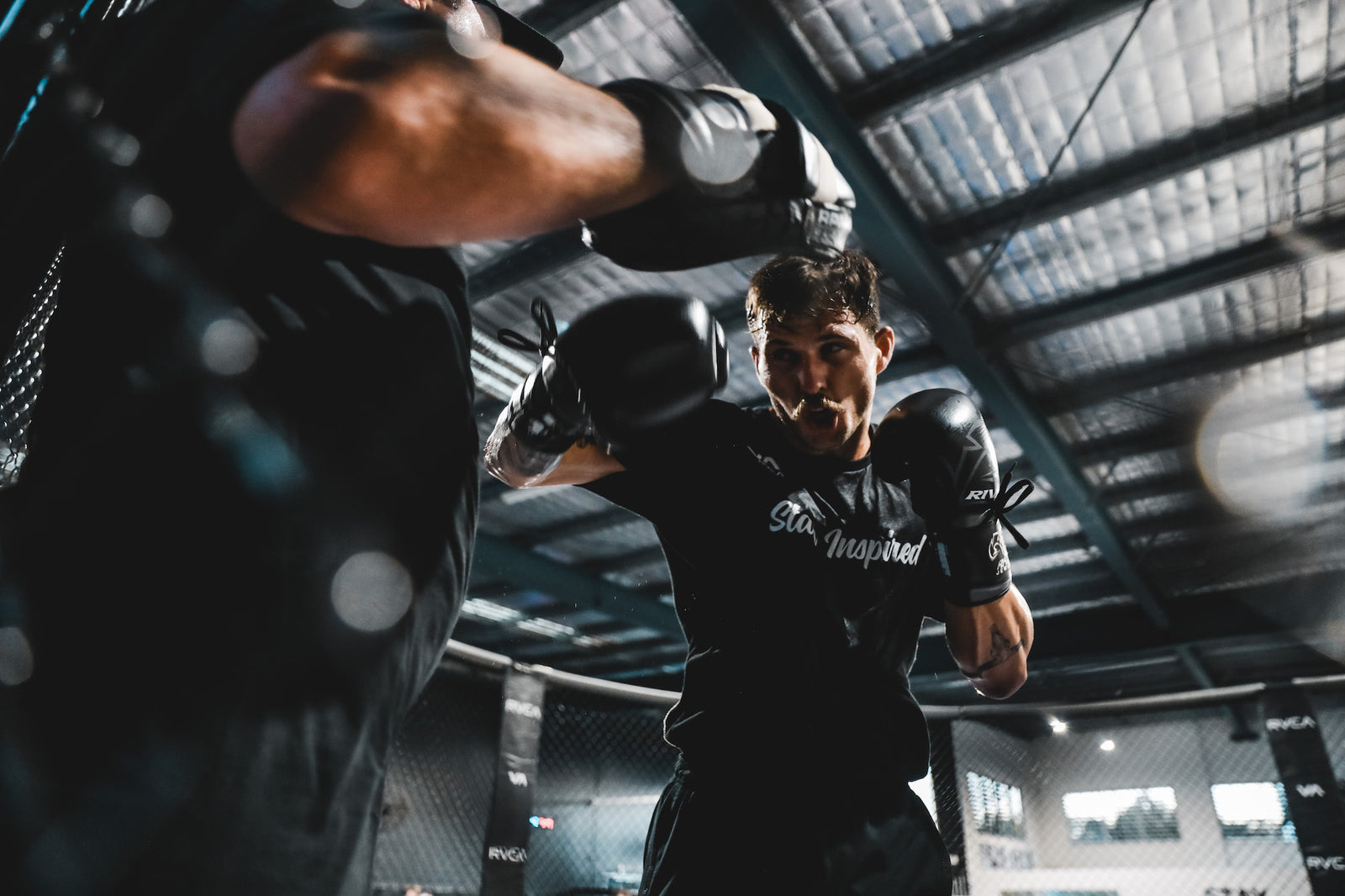
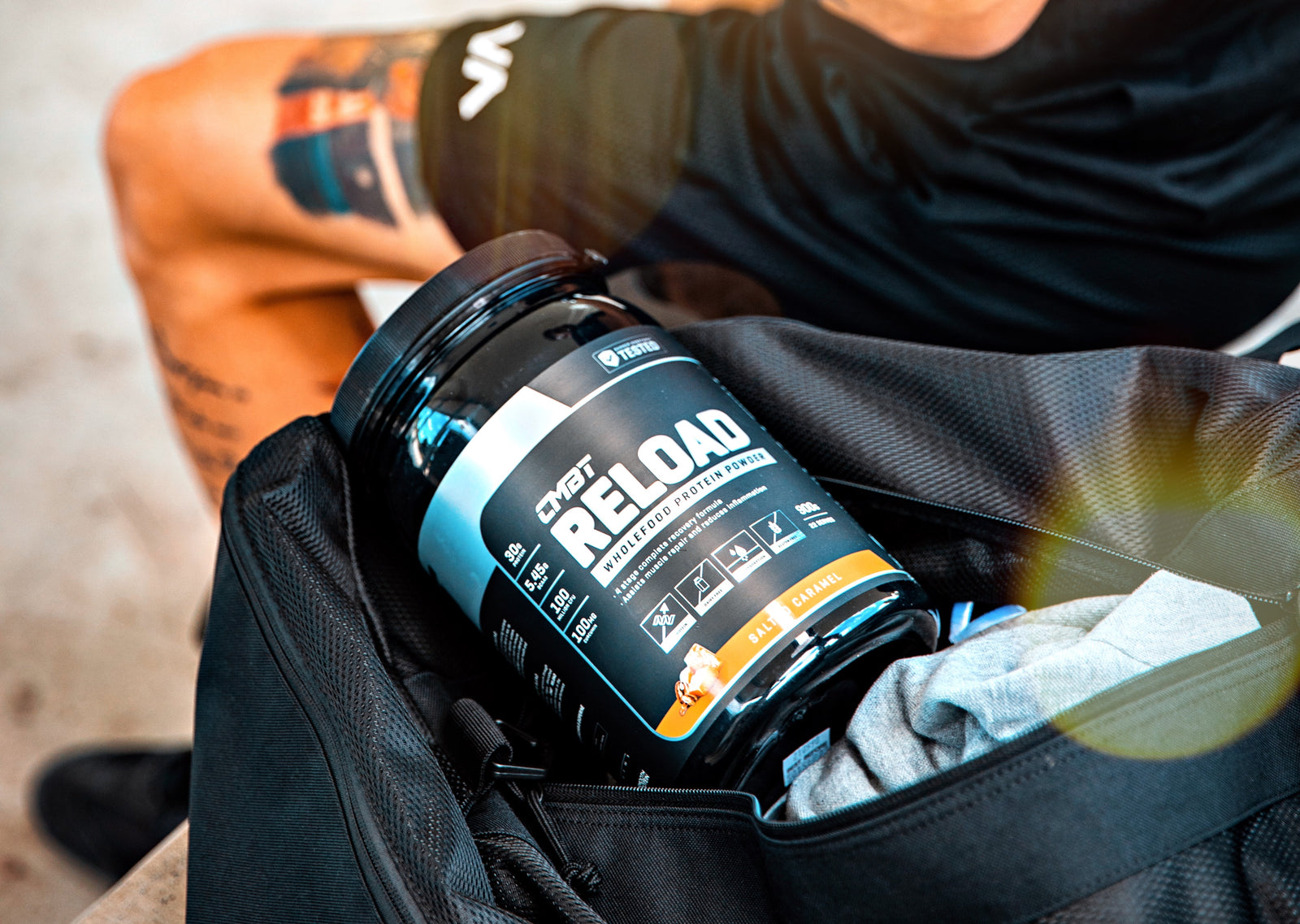
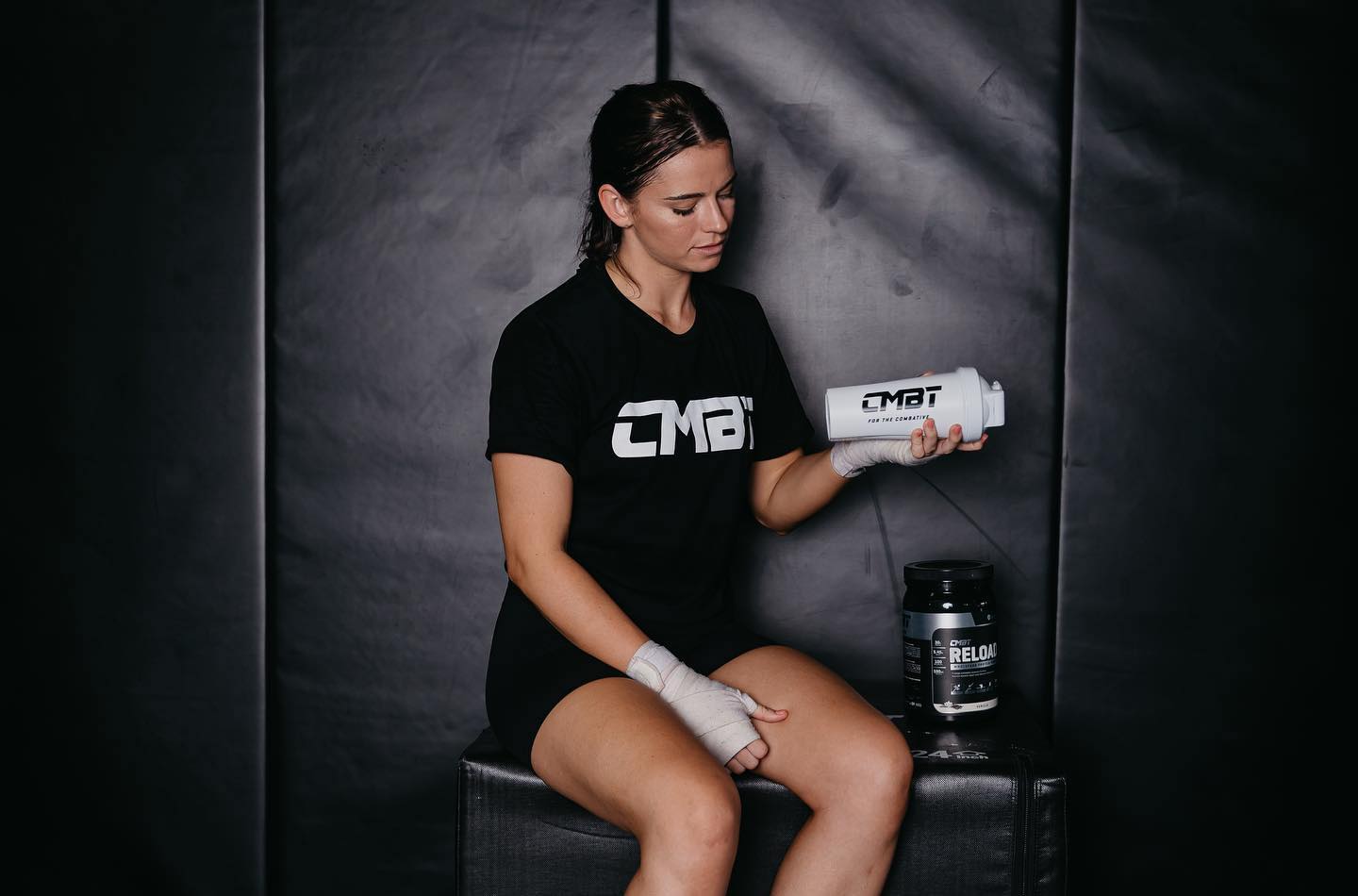


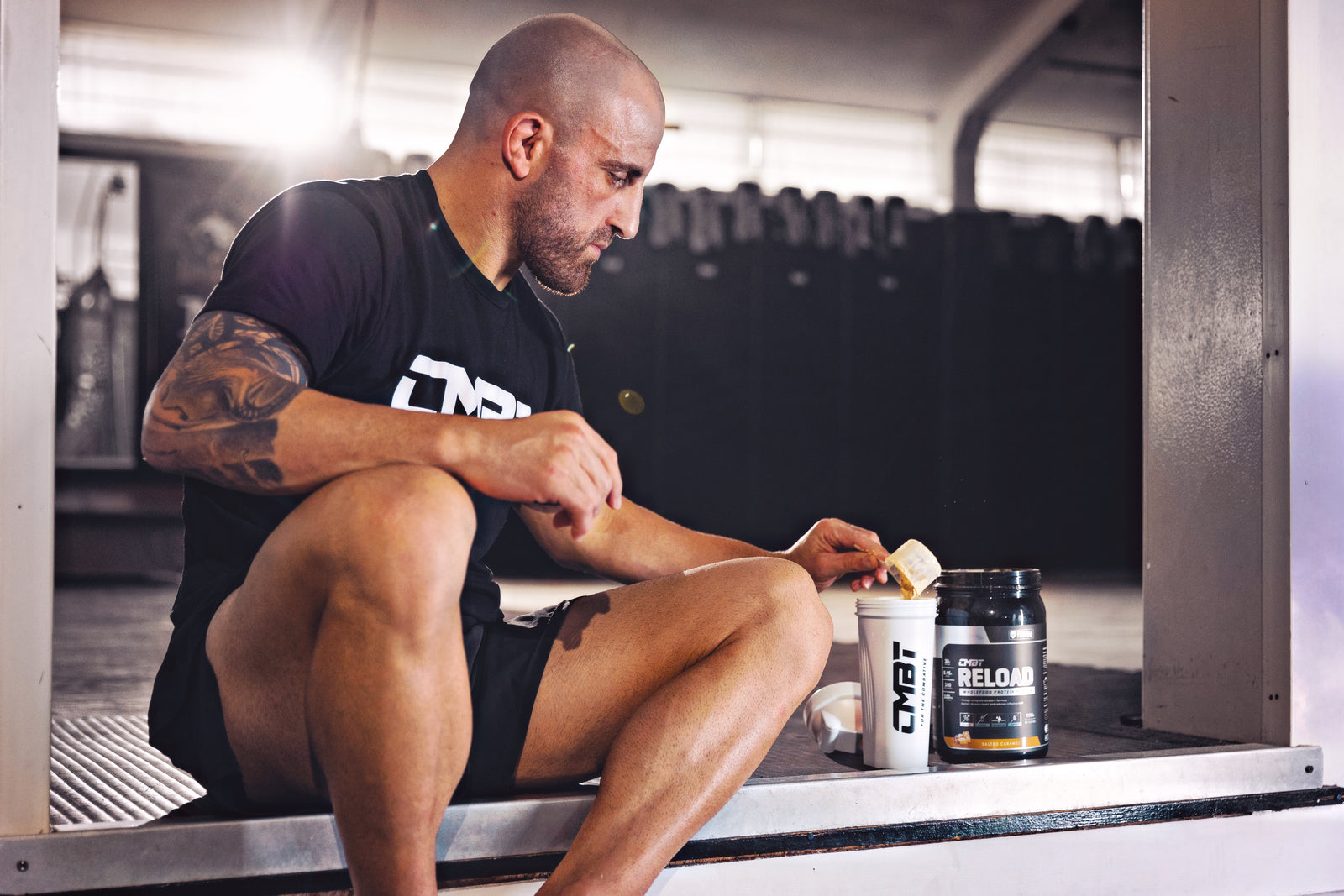


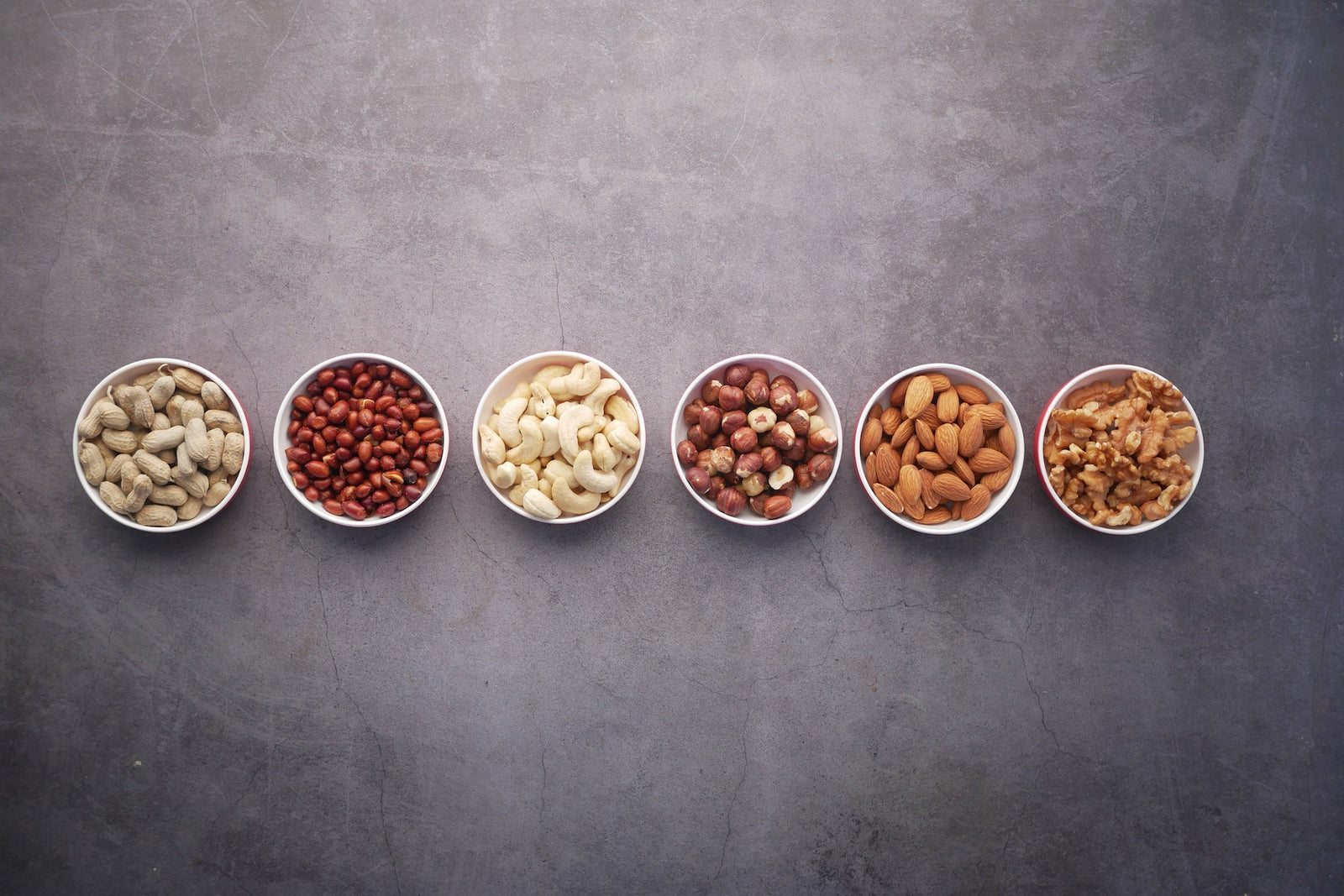

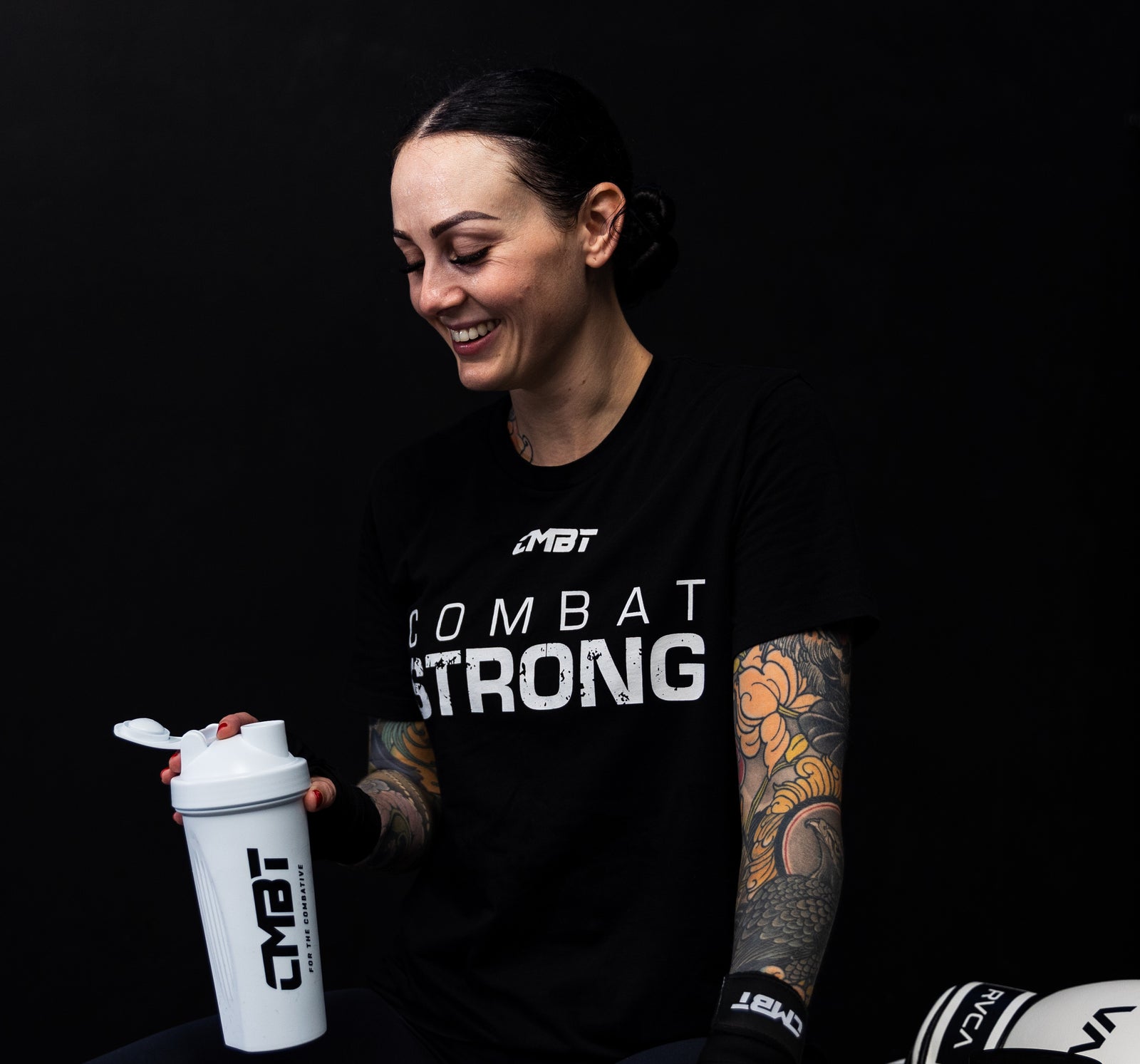
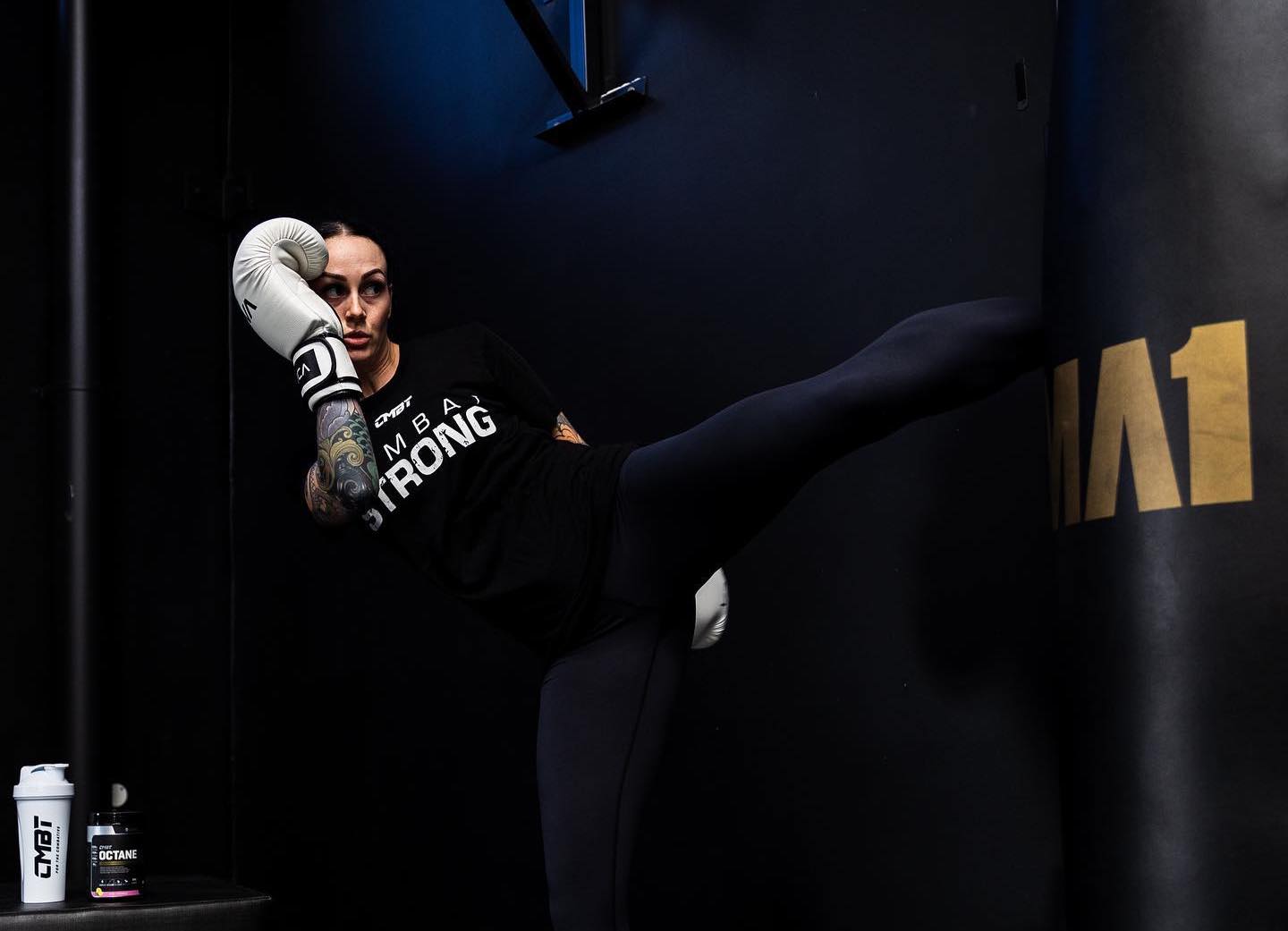





![[VIDEO] Fuel Your Passion feat. Sami Locke](http://cmbt.com.au/cdn/shop/articles/Sami.jpg?v=1625826844&width=1600)